
Rare and often misunderstood, the U.S. Marine Corps .22 Long Rifle caliber MC-58 training rifle is nonetheless an interesting footnote to American and Marine Corps history. Designed to replicate the “feel” of the M1 Garand for recruits, the MC-58 ultimately rode on the coattails of the M14 service rifle, and suffered the M14’s same abbreviated service life.

To understand the MC-58, we must first consider its predecessor, Harrington & Richardson’s Reising Model 65. In 1942, the U.S. Marine Corps asked manufacturer H&R to develop a semi-automatic .22 LR training rifle similar to the M1 Garand. H&R’s firearms designer, Eugene Reising, designed the Model 65 with a beefy stock to simulate the Garand’s “feel” and a heavy barrel to approximate the M1 Garand’s 9½ pounds. Though the rear sight, a Redfield Model 70-AT, does not operate like that on the Garand, the sight picture is essentially identical to the battle rifle’s sight picture. Length of pull is also identical to the Garand’s.
Semi-automatic operation, however, is based on H&R's Reising Model 50 submachine gun, with the action bar located in a recess in the stock, and manual cocking of the action bar accomplished by inserting a finger into a hole under the fore-arm and pulling the action bar rearward. Can you imagine attempting the considerable complexity of reproducing in .22 Long Rifle the M1 Garand’s eight-round en bloc clip? Reising and the Marines instead went with a standard commercial-type 10-round detachable box magazine placed where any shooter would expect it, protruding from the stock under the action.
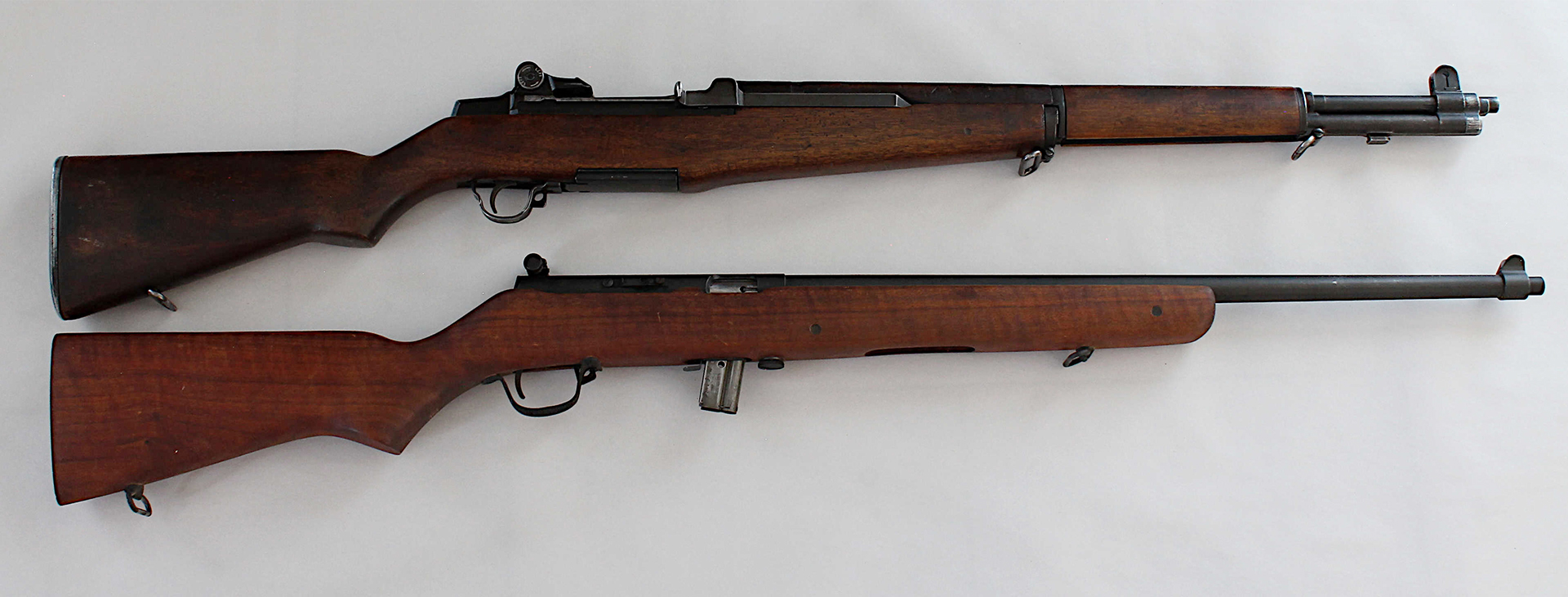
H&R manufactured about 18,500 Model 65s for the Marine Corps from 1942 into 1945. Post-war, the Model 65 morphed into commercial variants Models 150, 151 and 165, all called the “Leatherneck,” slang for a U.S. Marine. The Marines continued training with the Model 65, but eventually wanted some modifications, which led to the “MC-58 Model 65 Modified,” better-known as simply the MC-58.
NOT AN M14 TRAINER
The MC-58 is essentially the H&R Reising Model 65 with minor changes. Though many believe the Marine Corps ordered the MC-58 specifically as an M14 training rifle, the timeline of history doesn’t agree. In 1956 the Marines requested a training rifle with the safety at the trigger guard (the Model 65 safety is mounted on the right side of the receiver) to better imitate that on the M1 Garand; in 1956 the Garand was still the issue rifle. The M14 wasn’t adopted as the new service rifle until 1957, and the Marines didn’t fully transition to the M14 until the mid-1960s, when it was already being superseded by the M16. Though it did serve to introduce recruits to the M14 (which has both the safety at the trigger guard and the same sight picture as on the M1 Garand), that was not the reason the Marines initiated the MC-58 in 1956, before the M14 was adopted. At least, I found no documentation flatly stating the Marines ordered the MC-58 specifically in anticipation of being issued the M14 in the future.
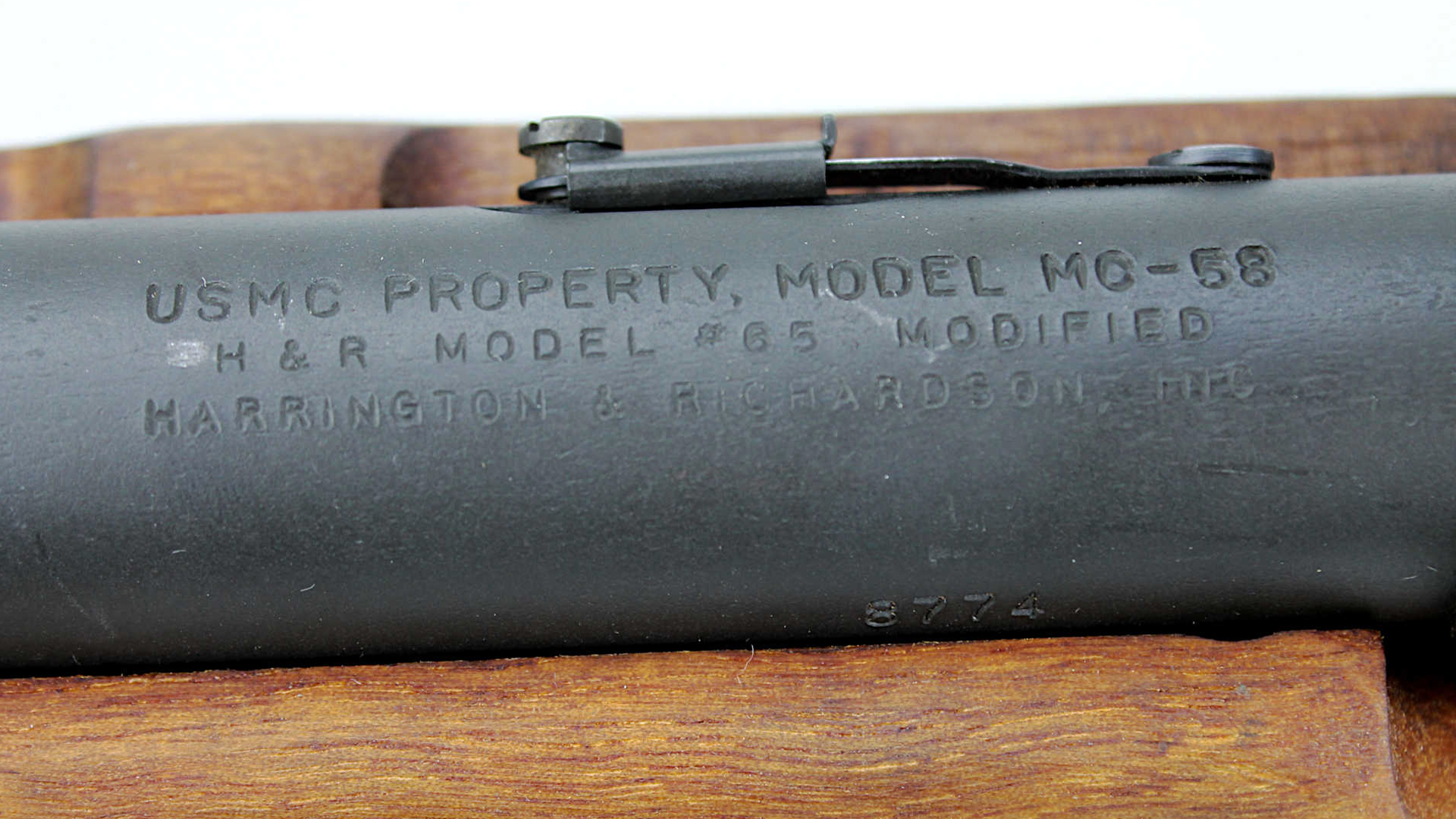
Instead, the .22 LR training rifle designed from the outset to simulate the M14 was essentially stillborn by the M16. Following production of the MC-58, Reising, while still working at Harrington & Richardson, designed a .22 LR training rifle to closely imitate the M14, dubbing it the “Simulator, M14, .22 Caliber, Mark I.” H&R submitted an example to Springfield Armory in 1959, but the concept apparently never advanced beyond the prototype stage, due to the abbreviated service life of the M14. So, in the end, there never was a .22 LR training rifle manufactured with the specific intent to mirror the M14.
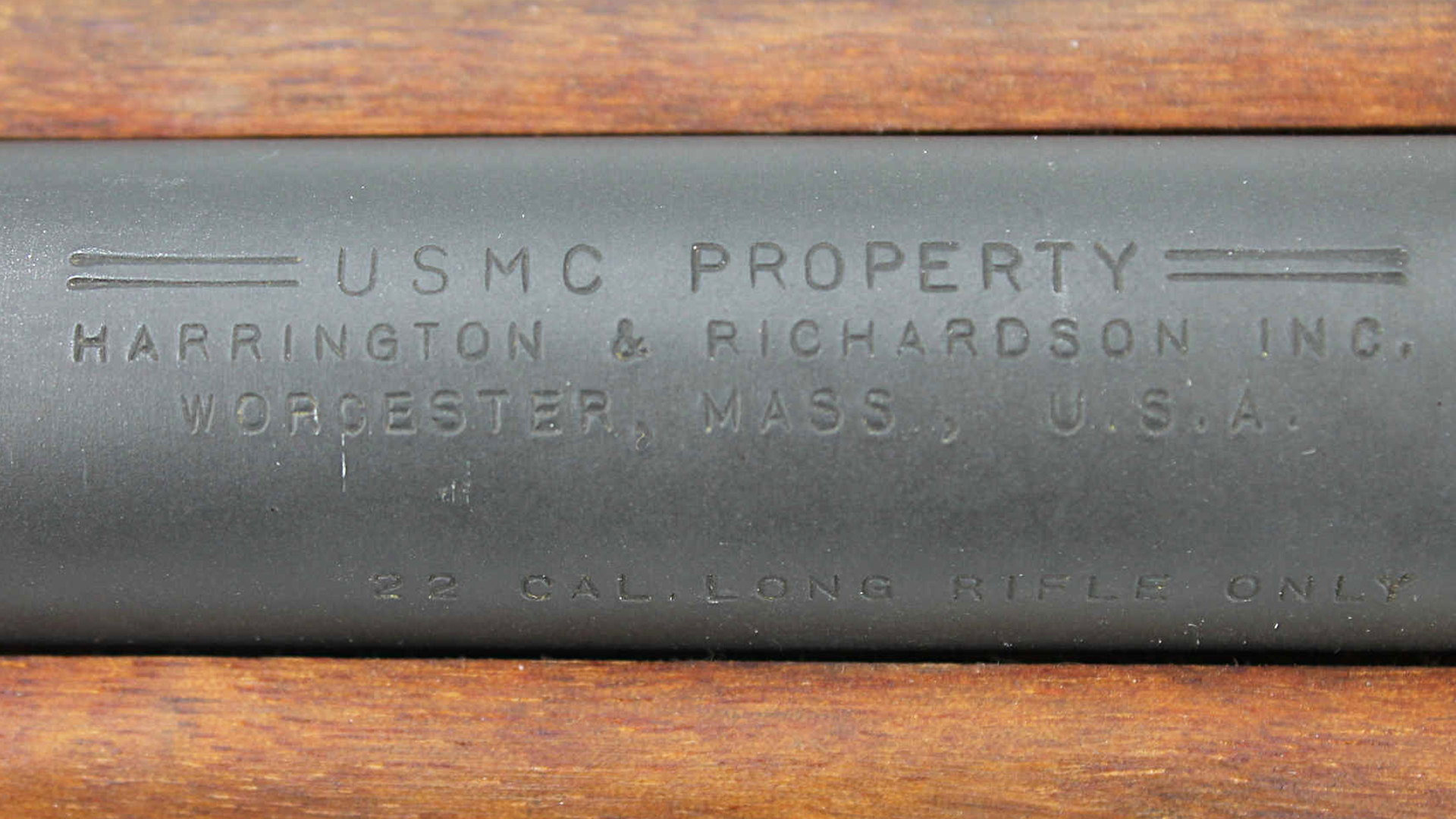
GOT PROVENANCE?
Deliberately stout to simulate the M1 Garand stock, this MC-58 stock has the typical military oil finish. The only marking on the wood is the Defense Acceptance Stamp, an eagle under three stars surrounded by a square appearing on the pistol grip behind the trigger guard. (The stamp replaced the jumble of 39 other Department of Defense acceptance and inspection stamps, its use beginning October 1952 and becoming mandatory in July 1953.)
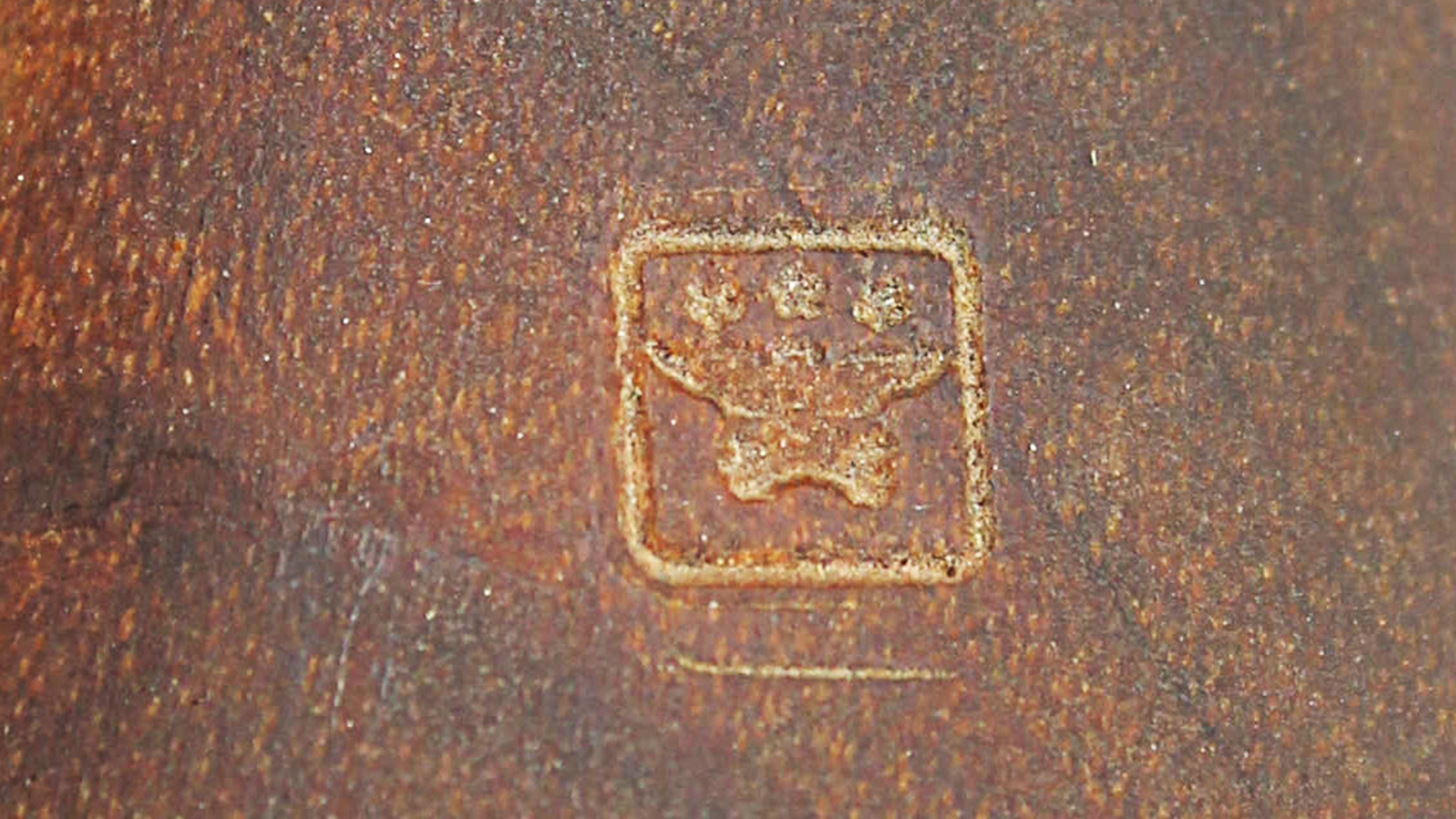
Being a modified Model 65, the MC-58’s receiver bears the logical stamping:
USMC PROPERTY, MODEL MC-58
H&R MODEL #65 MODIFIED
HARRINGTON & RICHARDSON, INC
The serial number is stamped on the left-hand side. “USMC PROPERTY” appears again on the barrel, as well as the manufacturer’s name and chambering.
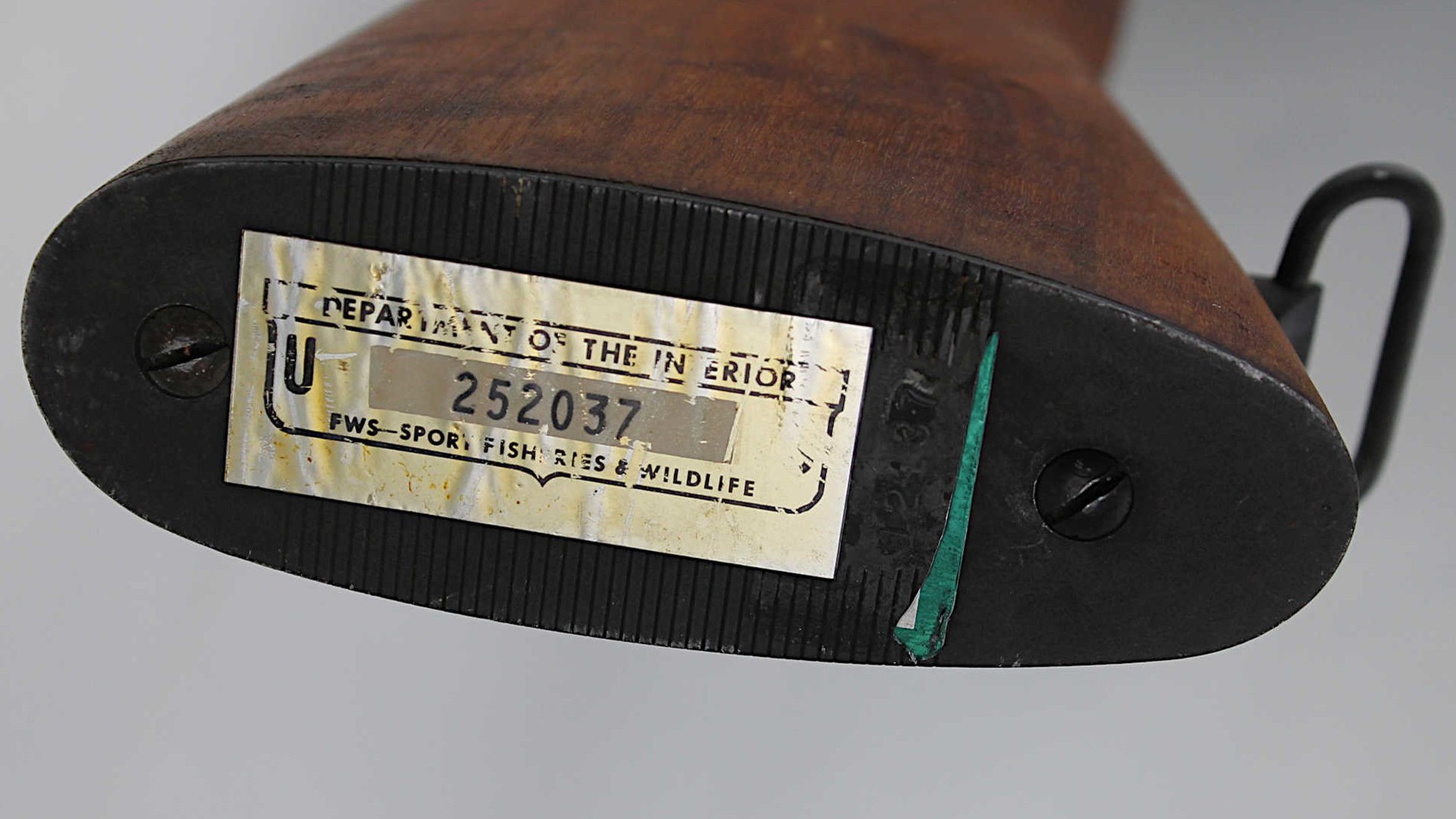
Barrel, receiver and other metal parts wear a smooth Parkerized finish of dark gray. The exception is the rear sight; the Marines apparently decided to stick with the same Redfield sight as on the Model 65, which bears the standard factory bluing. The serrated, flat steel butt plate offers some additional provenance as it wears a Department of the Interior property sticker assigning it to the U.S. Fish & Wildlife Service. Below it is the vestige of a green-and-silver Arizona Game & Fish Department property sticker. Ownership, then, we can reasonably trace from the Marine Corps to USF&WS, to AZG&FD, to our local college gunsmithing program from whence my gunsmith friend Ken at Double K Shooting Sports in Humboldt, Ariz., obtained it and who loaned me the rifle for this article.
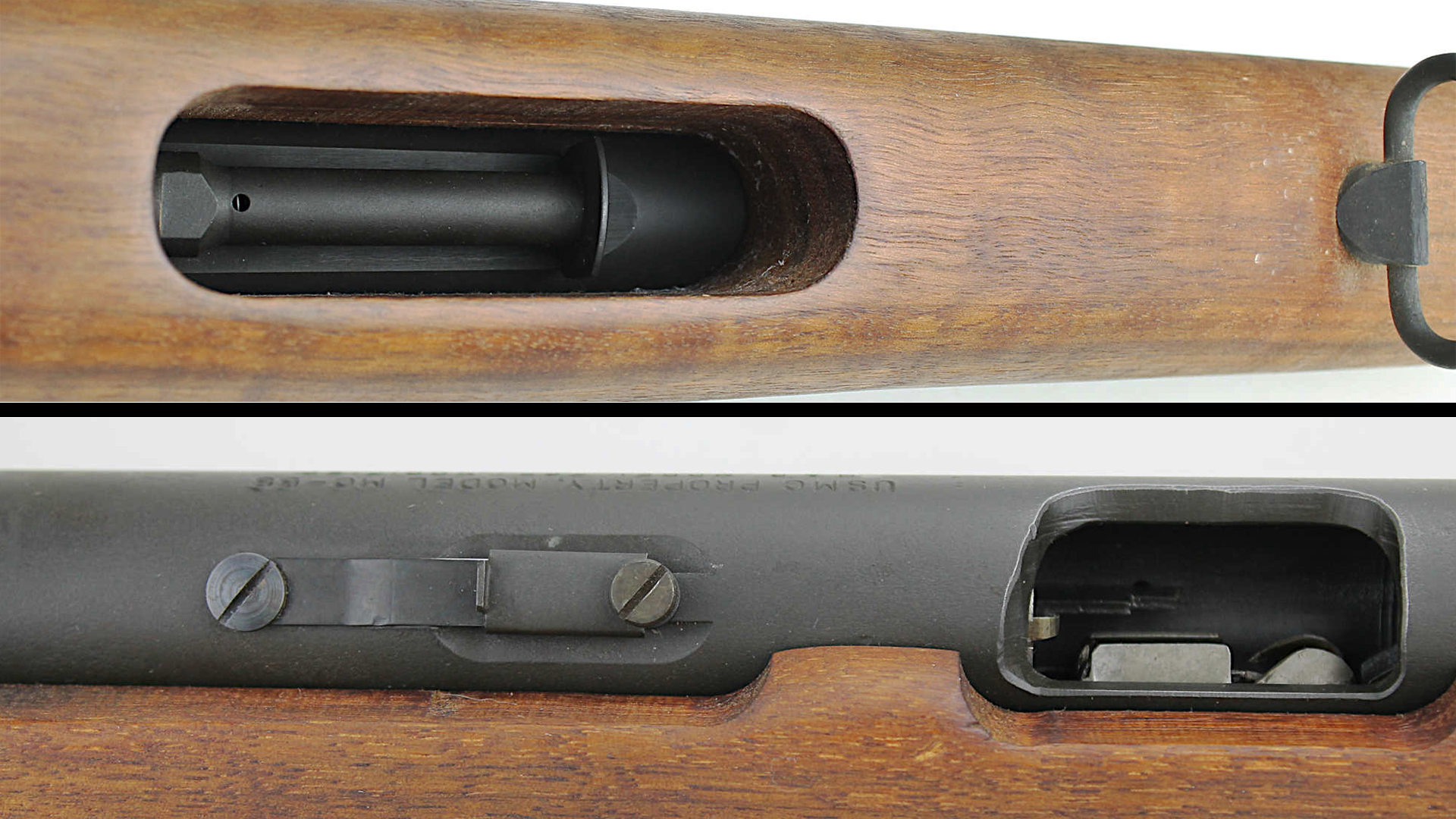
Semi-automatic action is the same as the Model 65. A sliding lock on the action’s right side pushes a pin inward to restrain the retracted bolt. Reising’s most uncommon design feature of the MC-58 is, for want of a better name, a “floating hammer,” a separate, short steel cylinder. Cocking the action bar moves the bolt backward, in turn moving the hammer backward to compress a coiled mainspring against the back of the receiver. Upon releasing the action bar, the bolt moves forward back into battery, stripping a cartridge from the magazine and leaving the hammer behind to be held against the mainspring by the sear. Pressing the trigger releases the hammer to fly forward and strike the rear of the firing pin protruding slightly from the back of the bolt.
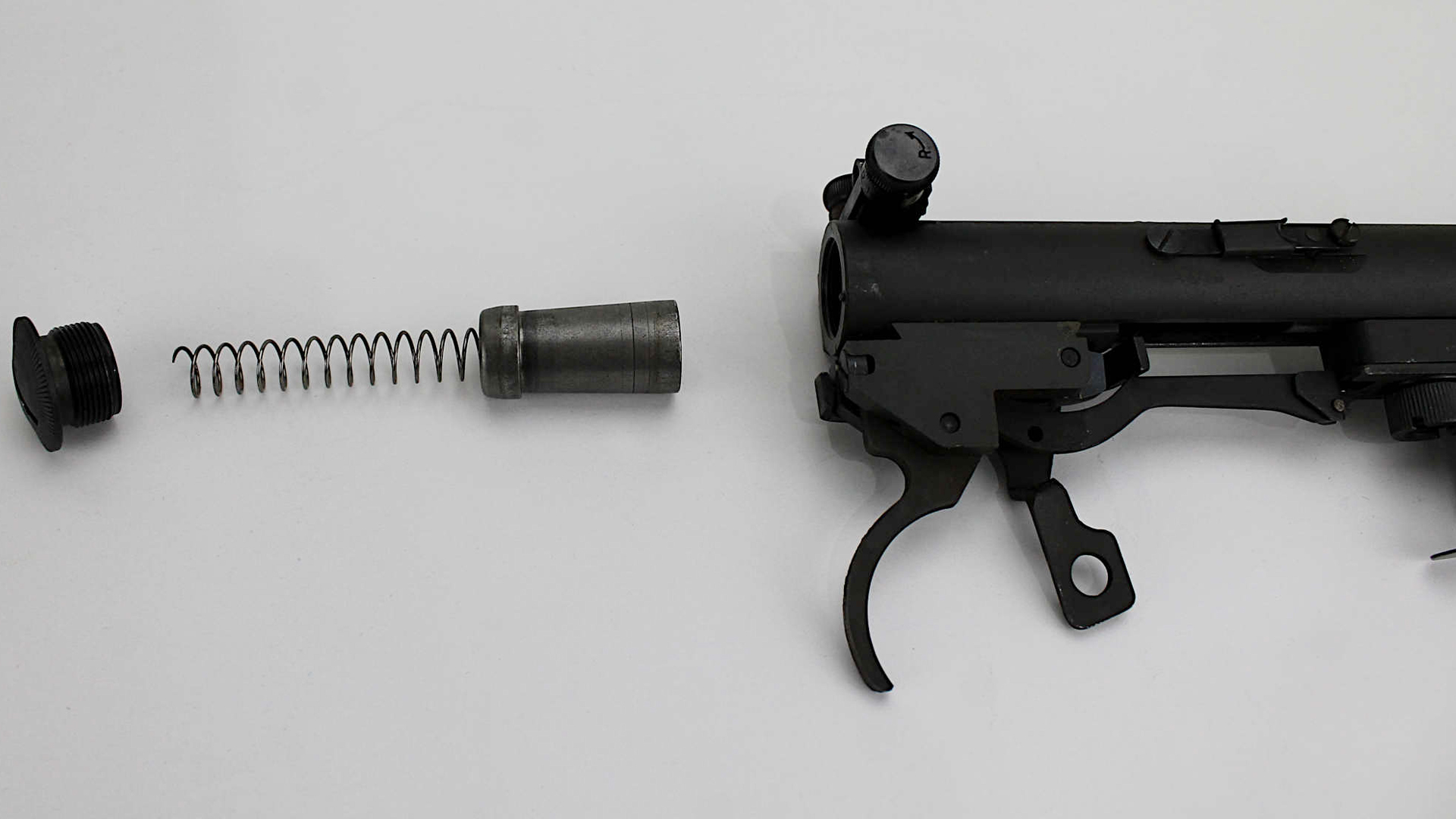
PERIOD EXPERT
A rare windless January day here in the Central Arizona Highlands afforded an opportunity to test the MC-58’s performance. For a bit of nostalgic realism, I shot period U.S. military SB-D-2 “one-thousand inch” targets used for qualifying recruits at 25 yards (which is about 1,000 inches) with the M1 Garand and the M14. Scoring areas on the target run from a six-inch “2” out to the margin, then a “3” and a “4” surrounding the five-point black in the center that vaguely represents an enemy’s head and shoulders as they might appear at about 100 yards. Shooting Aguila Rifle Match ammunition, the MC-58 consistently held the black for Expert scores, with an occasional “4” that is likely attributed to my imperfect eyesight.
Indeed, the MC-58 sight picture is identical to the M1 Garand, and the stock dimensions felt no different than the Garand. It was a bit odd and amusing for senses to tell me I had a Garand in my hands, yet on firing there was a tiny report and no recoil.
SCARCE USMC RIFLE
Magazines for the Model 65, as well as many other parts, fit the MC-58. Numrich Gun Parts Corp lists a reproduction magazine ($44.53) and 40 of the Model 65’s 54 parts, as well as an identifying parts layout (not an “exploded view” schematic) of the Model 150 and 151 Leatherneck rifle.
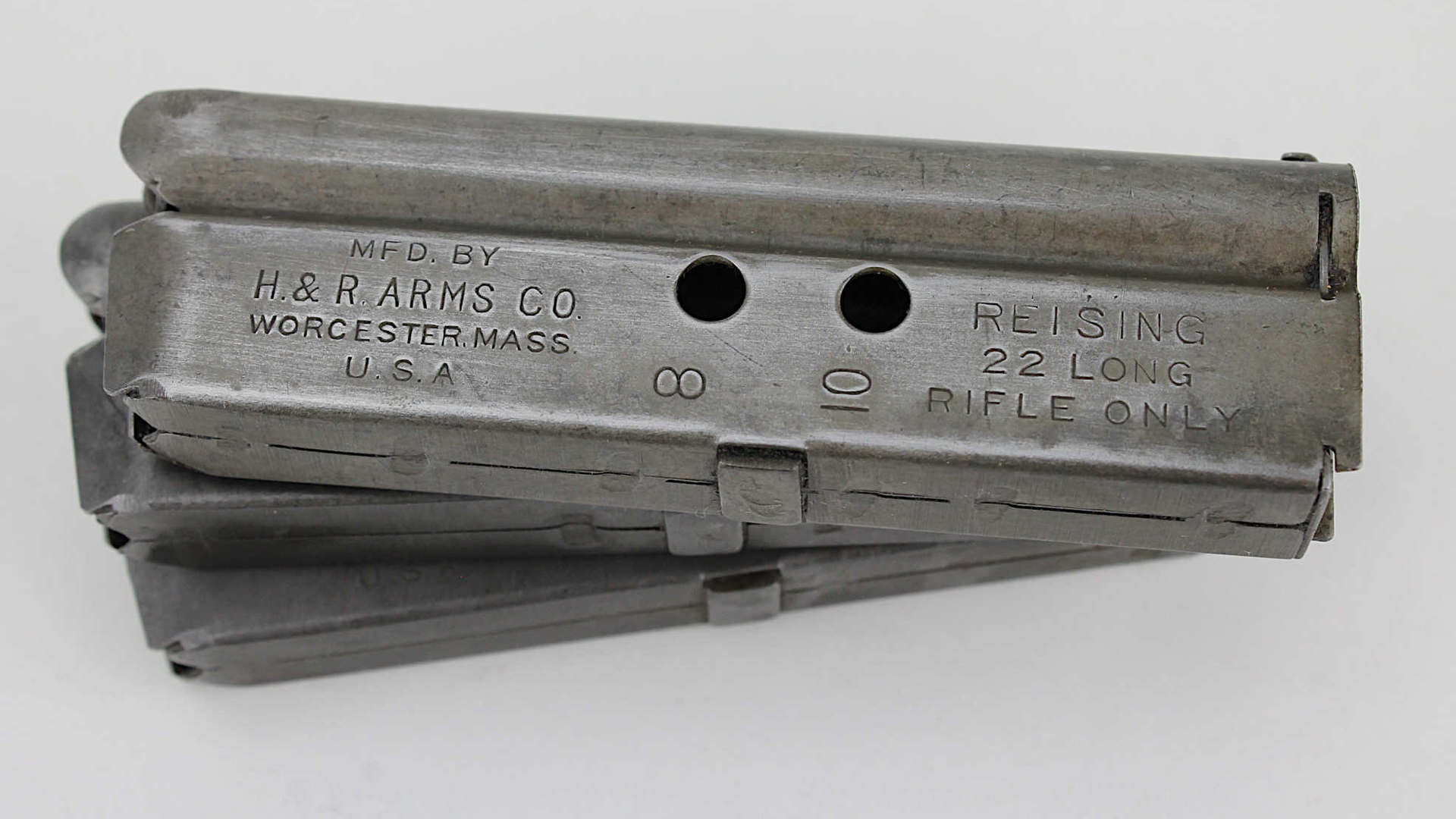
There is collector interest in both the Model 65 and the MC-58. Much scarcer than the Model 65, H&R manufactured only about 3,500 MC-58s, and so it is considerably more desirable. An online perusal showed MC-58s sold at auction in recent years from $1,058 (missing a mainspring) to $3,000 (NRA Antique Fine condition). Perhaps unsurprisingly, several auctions describe the MC-58 as a training rifle for the M14. Due to the fact it has been misidentified as such for so long, the mis-appellation is probably permanent.



































